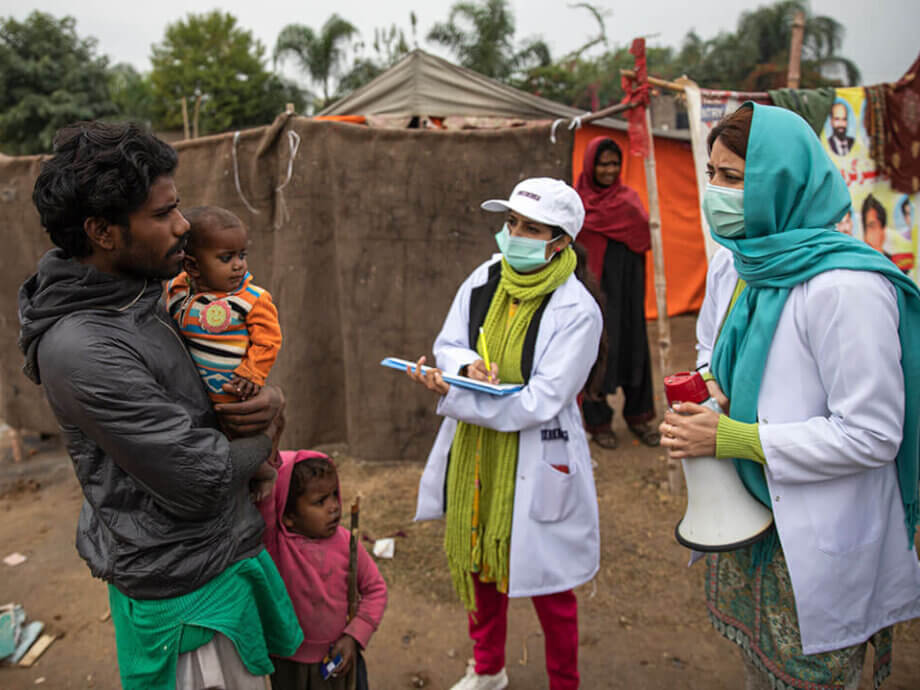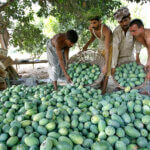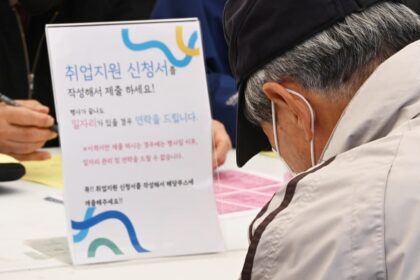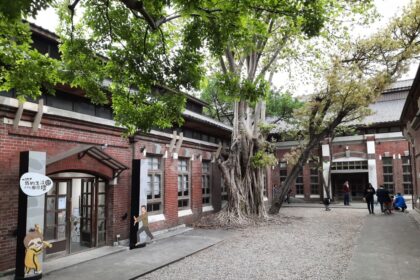Stalled Progress in Childhood Vaccination: A Global and Pakistani Crisis
Childhood vaccination has long been hailed as one of the most effective public health interventions, saving millions of lives from deadly but preventable diseases. Yet, a new global study published in The Lancet reveals a worrying trend: after decades of progress, global childhood vaccination rates have stalled, and in some cases, reversed. Nowhere is this more evident than in Pakistan, which now has the second-highest number of children with zero vaccine doses in South Asia, trailing only India. This situation leaves hundreds of thousands of Pakistani children vulnerable to diseases like measles, polio, and tuberculosis—diseases that the world already knows how to prevent.
- Stalled Progress in Childhood Vaccination: A Global and Pakistani Crisis
- What Are Zero-Dose Children and Why Do They Matter?
- How Did Progress Stall? The Impact of COVID-19 and Other Barriers
- Pakistan’s Unique Challenges: Polio, Urban Slums, and Regional Disparities
- Vaccine Hesitancy: A Growing Threat
- Efforts to Turn the Tide: Innovations and Local Success Stories
- Regional Disparities and the Need for Equity
- Global and National Goals: Can Pakistan Meet the 2030 Targets?
- In Summary
The study, conducted by the Global Burden of Disease Vaccine Coverage Collaborators, analyzed vaccination trends from 1980 to 2023 and projected coverage to 2030. It found that, despite the World Health Organization’s (WHO) Expanded Programme on Immunisation (EPI) saving an estimated 154 million lives since 1974, the last two decades have seen stagnation and even decline in some regions. The COVID-19 pandemic has further exacerbated these challenges, disrupting routine immunization services and fueling vaccine hesitancy worldwide.
What Are Zero-Dose Children and Why Do They Matter?
Zero-dose children are those who have not received even the first dose of any routine vaccine, such as the diphtheria-tetanus-pertussis (DTP1) vaccine. These children are completely unprotected from a range of vaccine-preventable diseases. According to the latest data, more than half of the world’s 15.7 million zero-dose children live in just eight countries, with 13% in South Asia and a significant portion in Pakistan.
In 2023, Pakistan had approximately 419,000 zero-dose children, according to The Lancet study. This figure is particularly alarming given the country’s history of battling outbreaks of polio and measles, and its status as one of only two countries where polio remains endemic.
Dr. Jonathan Mosser, senior author of the study from the University of Washington’s Institute for Health Metrics and Evaluation, emphasizes the gravity of the situation:
“Large numbers of children remain under and un-vaccinated. The latest estimates should be taken as a clear warning that global immunisation targets for 2030 would not be achieved without transformational improvements in equity.”
Zero-dose children are not just statistics—they represent the most marginalized and vulnerable populations, often living in urban slums, remote rural areas, or conflict zones. These children face the highest risks of illness and death from diseases that are otherwise preventable.
How Did Progress Stall? The Impact of COVID-19 and Other Barriers
From 1980 to 2019, the number of zero-dose children worldwide fell by nearly 75%. However, this progress has plateaued in recent years. The COVID-19 pandemic delivered a major setback, disrupting immunization services due to lockdowns, resource diversion, and widespread misinformation. Between 2020 and 2023, an estimated 12.8 million additional children globally became zero-dose, reversing years of steady improvement.
In Pakistan, the pandemic led to the suspension of routine immunization activities, with the number of zero-dose children jumping from 639,000 in 2019 to over 800,000 in 2020. Although recovery efforts have brought this number down to around 419,000 by 2023, coverage has yet to return to pre-pandemic levels. The pandemic also fueled vaccine hesitancy, as fear and misinformation about vaccines spread rapidly, undermining public trust in immunization programs.
UNICEF’s 2023 report on vaccine confidence found that public perception of the importance of vaccines for children declined in 52 out of 55 countries studied during the pandemic. In Pakistan, this decline was compounded by existing challenges such as:
- Poor access to healthcare in remote and underserved areas
- Socioeconomic barriers, including poverty and lack of transportation
- Security concerns and conflict, especially in certain provinces
- Widespread misinformation and conspiracy theories about vaccines
- Low literacy rates and lack of awareness about the benefits of vaccination
Pakistan’s Unique Challenges: Polio, Urban Slums, and Regional Disparities
Pakistan’s struggle with polio is emblematic of its broader immunization challenges. Alongside Afghanistan, it is one of the last two countries where wild poliovirus remains endemic. Despite significant progress, the country has seen periodic resurgences of polio cases, particularly in high-risk areas like Khyber Pakhtunkhwa and Balochistan. According to the Centers for Disease Control and Prevention (CDC), after reporting a single wild poliovirus case in 2021, Pakistan saw 14 cases in just four months in 2022, mostly in under-immunized populations.
Efforts to eradicate polio have been hampered by:
- Security threats to health workers, including targeted attacks
- Logistical challenges in reaching remote or conflict-affected areas
- Persistent vaccine refusals due to mistrust and misinformation
Urban slums present another set of challenges. A recent study by the Sabin Vaccine Institute and NIH Pakistan found that among children under two years in urban slum communities, 11.3% were zero-dose, with the highest prevalence in Karachi. While most parents expressed a desire to vaccinate their children, barriers such as lack of trust in vaccines, belief in conspiracy theories, and socioeconomic hardships prevented them from doing so.
Healthcare workers and program managers reported that logistical issues, misinformation, and complex social dynamics all contributed to low vaccine uptake. The study recommended targeted interventions, including enhanced training for community health workers, engagement with local leaders, and culturally sensitive messaging to build trust and improve vaccine confidence.
Vaccine Hesitancy: A Growing Threat
Vaccine hesitancy—the reluctance or refusal to vaccinate despite the availability of vaccines—has emerged as a significant barrier to achieving optimal coverage in Pakistan. A 2024 study in Peshawar found that 22% of parents refused vaccines for their children, with higher refusal rates among employed mothers and in certain high-risk areas. Key factors driving hesitancy included:
- Concerns about vaccine safety and side effects
- Mistrust of government and health authorities
- Influence of religious or community leaders
- Logistical barriers such as distance to health facilities and associated costs
Fear of adverse effects was particularly prominent in conservative and low-literacy communities. The study recommended deploying mobile immunization units, extending clinic hours, and engaging community leaders to address these concerns and improve access.
Efforts to Turn the Tide: Innovations and Local Success Stories
Despite these daunting challenges, there are signs of hope. Pakistan has made notable progress in recent years, especially in certain regions. For example, targeted initiatives in Lahore have demonstrated the power of focused interventions. By mapping hard-to-reach urban pockets and deploying vaccinators with digital tools, immunization rates in Lahore district rose from 69% to 85% within a few months.
Dr. Mukhtar Ahmed, Director of the Expanded Programme on Immunization (EPI) Punjab, attributes this success to a combination of mobile health units, improved infrastructure, and strong collaboration between government agencies, international partners, and local communities. The introduction of “Clinics on Wheels” and the creation of thousands of new vaccinator posts have expanded the reach of immunization services.
Moreover, the cold chain infrastructure has been strengthened, with UNICEF and Gavi providing 31 refrigerated trucks to safely transport vaccines across the country. These investments are crucial for maintaining vaccine potency, especially in remote or hot regions.
Community engagement has also played a vital role. In many areas, health workers have worked closely with local leaders and influencers to build trust and counter misinformation. Digital tools have enabled better tracking of zero-dose children, ensuring that no child is left behind during vaccination campaigns.
Regional Disparities and the Need for Equity
While Punjab province has achieved high coverage rates, other regions lag behind. For instance, in Balochistan, only 45% of children received three doses of the oral polio vaccine in 2021, compared to nearly 95% in Punjab. These disparities reflect broader issues of governance, infrastructure, and social inequality.
Dr. Zafar Mirza, former federal health minister and WHO Director for Health Systems, highlights the link between poverty and health:
“The immunisation of children living in poverty still needs more attention because poverty and health are quite linked with each other. We need to target such communities with more financing and responsibility to end this disparity.”
Addressing these inequities will require targeted investments, tailored communication strategies, and a commitment to reaching the most marginalized populations.
Global and National Goals: Can Pakistan Meet the 2030 Targets?
The Immunisation Agenda 2030 (IA2030), endorsed by the World Health Assembly, sets ambitious goals: achieving 90% coverage for key vaccines and halving the number of zero-dose children by 2030 compared to 2019 levels. The The Lancet study warns that, without immediate and transformational action, Pakistan is unlikely to meet these targets. Only 18 out of 204 countries and territories have already met the 2030 target as of 2023.
To get back on track, Pakistan will need to:
- Increase immunization coverage by at least two percentage points annually—a pace achieved by few countries historically
- Address vaccine hesitancy through evidence-based education and community engagement
- Expand access through mobile units, extended clinic hours, and workplace vaccination programs
- Invest in health infrastructure, especially in underserved regions
- Strengthen data systems to identify and reach zero-dose children
UNICEF and other global partners are calling for governments to double down on their commitment to immunization, unlock available resources, and accelerate catch-up vaccination efforts. The stakes are high: failure to act could leave millions of children at risk from diseases that are entirely preventable.
In Summary
- Pakistan has the second-highest number of zero-dose children in South Asia, with 419,000 children unprotected from routine vaccines in 2023.
- Global progress in childhood vaccination has stalled, with the COVID-19 pandemic reversing years of improvement and fueling vaccine hesitancy.
- Barriers in Pakistan include poor access to healthcare, socioeconomic challenges, security concerns, and widespread misinformation.
- Polio remains endemic in Pakistan, and regional disparities in vaccine coverage persist, especially in Balochistan and Khyber Pakhtunkhwa.
- Targeted interventions, community engagement, and investment in health infrastructure have shown promise in improving coverage in some areas.
- Meeting the 2030 global immunization targets will require urgent, coordinated action to address both structural and behavioral barriers.
- Failure to act risks leaving millions of children vulnerable to preventable diseases, undermining decades of progress in public health.












